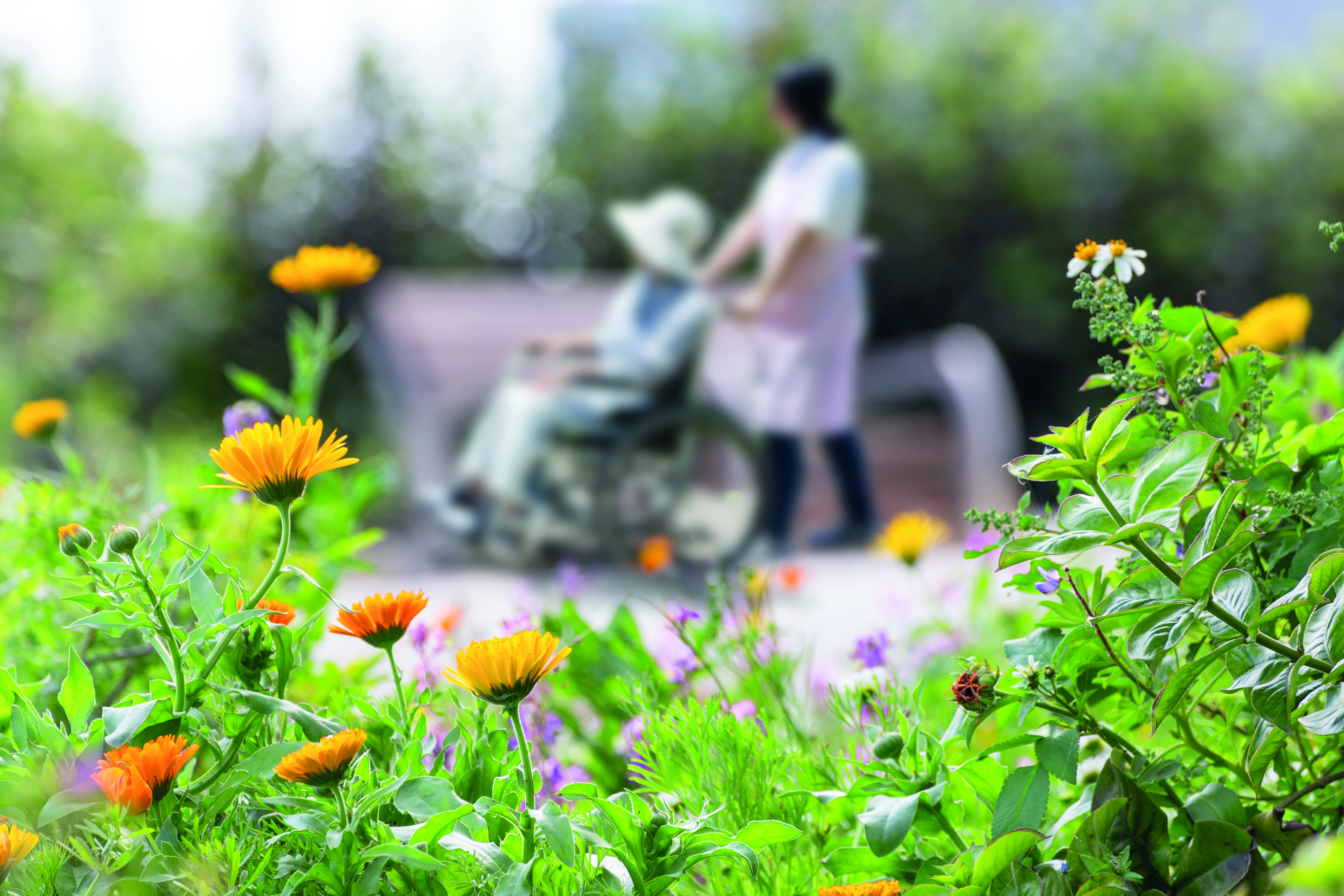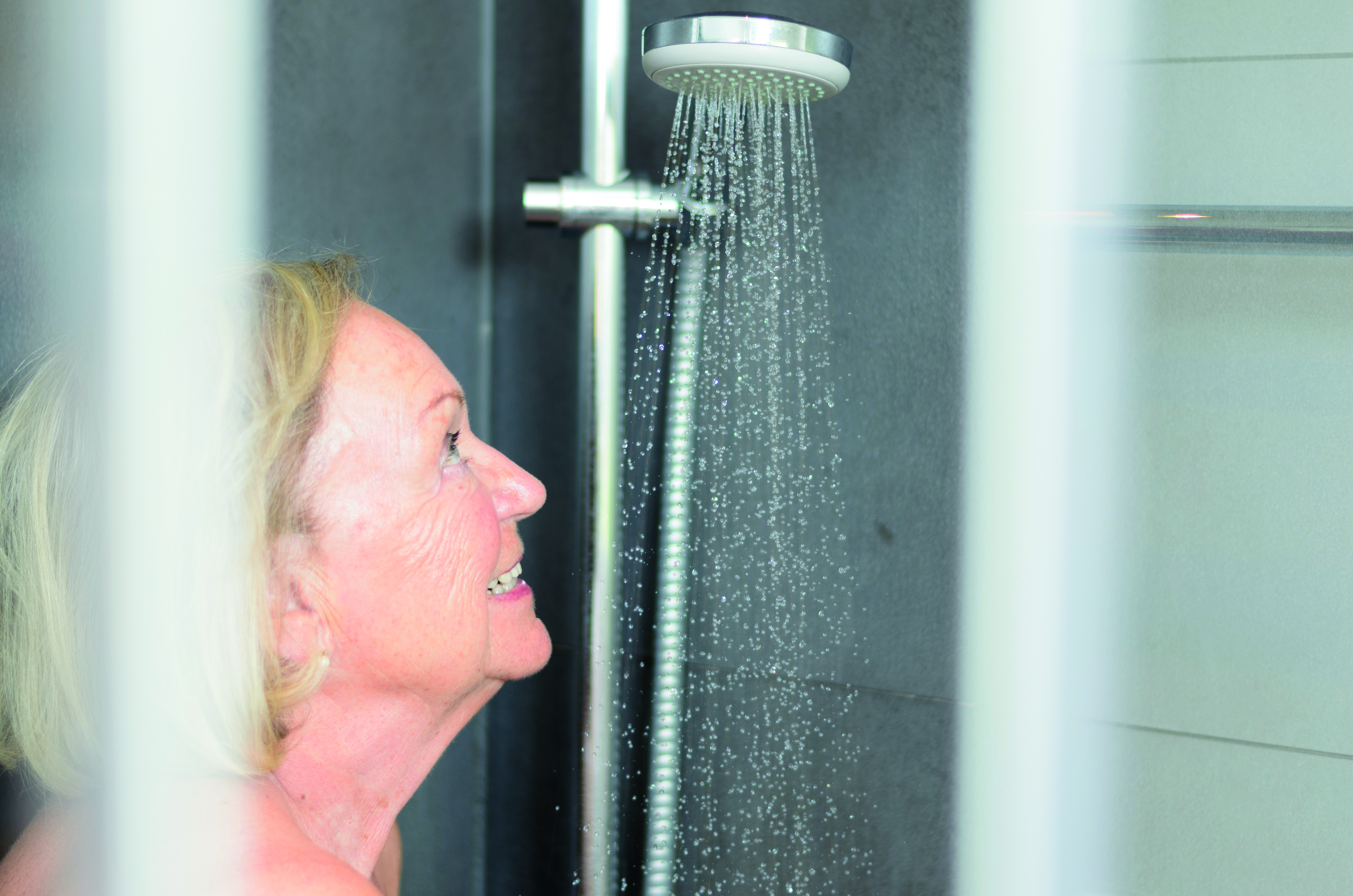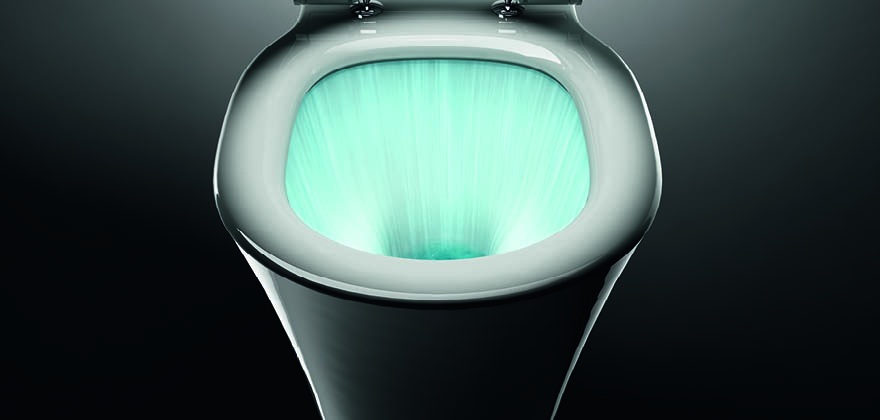
In November 2020 a South West care home provider was fined £150,000 after a resident died from Legionnaires' disease in a Wiltshire care home. In this case, the Care Quality Commission (CQC) had launched a criminal investigation against Sentinel Healthcare Ltd* who ran the Fording bridge Care Home where the 50-year-old resident died in 2017. In the March 2019 inquest, the jury concluded that Andy Clegg had died as a result of Legionnaires’ disease caused by the presence of vast quantities of Legionella bacteria in hisbathroom taps and shower
In anotherhigh profile case where the care home operator was prosecuted in 2018 after a resident died from Legionnaires’ disease, failure to adequately ensure thesafety of the water supply also attracted a huge fine for the care provider. The corporate group was prosecuted and fined a massive £1.5 million (afterappeal) by the Health and Safety Executive (HSE) over a series of managementfailings that caused the death of an 86-year-old man at the company’sresidential home in Essex. The victim was believed to have been infected viathe hot water tap in his room. The company was also ordered to pay legal costsof just over £150,000.
Guidance to mitigate the risks from waterborne pathogens is clearly laid out in health and safety control strategies, with compliance a legally required responsibility that requires competent monitoring of hot and cold water systems. The consequences of failures in compliance that lead to disease and mortality must be highly distressing for any care provider, as illustrated here, can also lead to substantial financial penalties and reputational damage.
Both these cases were the result of multiple failings and serve as (extreme) examples of what can go wrong when water safety is not properly understood or overseen.
What went wrong that led to prosecution?
The failings cited in court that led to the proliferation of Legionella in the water supply at the Fordingbridge care home included lower than ideal water temperatures in little used rooms at the end of long pipe runs. In addition, a commendable concern for the environment unfortunately translated into hot water heated by solar panels being fed into a large hot water tank at temperatures ideal for Legionella growth. While Sentinel had employed an outside contractor to look after water safety at Fordingbridge, nonetheless, there were clear failures to prevent bacterial contamination of the home's water system.
Sentinel were found guilty of failing to provide safe care and treatment, resulting in avoidable harm to the victim, and also exposing other service users to a significant risk of avoidable harm.
In the Essex case, investigations showed that the care home manager lacked sufficient training in Legionella risk management, warnings had been ignored and records had even been faked. Concerns about the residential home were first raised as far back as 2012 over failures to monitor the home's water system and flush it when necessary, which allowed Legionella to flourish in the home's water system. However, no action was taken until 2015—too late to prevent the resident’s death.
This casehighlighted that no-one working in the home understood either how the hot watersystem worked or what factors in that water system created risks forLegionnaires’ disease. The HSE demanded that all care homes have systems inplace to train their managers effectively on all aspects of the Legionnaires’risk management process including Legionella risk assessment, record keepingand monitoring.
The company running the Essex home has since made changes to ensure that all members of staff have adequate training in the management and control of Legionella risks.
Legionnaires' disease and Legionella proliferation in water systems
Legionnaires' disease is a specific, serious causedby inhalation of pathogenic Legionella bacteria — most commonly L. pneumophila— in contaminated water droplets and aerosols (in a similar way to infectionwith respiratory aerosols in Covid-19). While healthy individuals who encounterLegionella may not become ill at all, certain groups — who include the typicalresidents of care and nursing homes — are particularly at risk, namely theelderly and those with compromised immune systems.
Legionellaspecies are common in natural water sources and can enter purpose-built hot andcold water (HCW) systems via mains water, despite mains water in the UK — andacross most of Europe (see pg 14-15) — being well managed and of a very highquality. However, certain conditions within a HCW system can lead toproliferation if the system itself is not well supervised and preventativemitigations are inadequate.
What do care homes need to do to keep their water systems safe?
Legislation
A raft ofguidance from the HSE and CQC provide thorough information on how to manage andcontrol the risks from waterborne pathogens in residential care homes — see‘Guidance’ section at the end of the article.Compliancewith the mitigation strategies laid out in these documents is legallyenforceable under several pieces of legislation

Regulation12 of the Health and Social Care Act is intended “to prevent people fromreceiving unsafe care and treatment and prevent avoidable harm or risk ofharm.” The 2014 Regulations took effect on 1 April 2015and coincided with a transfer of enforcement responsibility for health and safetyincidents in the health and social care sector from the Health and SafetyExecutive and local authorities to CQC.
The Fordingbridge case was the first time the CQC has used its prosecution powers against a provider in a case where a person has contracted Legionnaires' disease.
A regulation28 report from the coroner, Nicholas Rheinberg, noted that although in recentyears there has been a duty for CQC inspectors to check water safety, expertevidence at the inquest suggested that inspectors lacked training to help themidentify risks relating to potential Legionella infection.
In response,the CQC confirmed: “that water safety is considered by CQC inspectors prior toevery inspection we conduct.... The guidance for inspectors suggests theirevidence should include checking there are Legionella risk assessments andchecks in place, and also checking Provider/Manager arrangements for checking,identifying and rectifying premises issues.”
They notedthat their inspectors: “are not technically qualified in water safety or watersystems generally (where these issues are known to develop) and therefore areunable to hold themselves out to be experts in the field.”

The CQC’srole is as a regulator but: “it is the CQC’s responsibility to draw theproviders’ attention to the expected compliance with [the HSE] guidelines, itis not the CQC’s role to make technical examinations of water systems onregistered provider sites during inspections. It is the responsibility of theprovider running the location to ensure they comply with the water safetyguidelines and provide a safe environment for their service users.”
However, theCQC has “taken significant learning” from the above sad case and has suggestedthat the CQC Academy develops a tailored training course in Legionellaawareness that is “cascaded down to all inspectors nationwide to improve theinspectorate knowledge generally in this area of risk.”
Control and mitigation
Issues in a care home HCW system that must be avoided in order to prevent proliferation of Legionella and other pathogenic waterborne bacteri include:
- Keeping hot water—above 55°C — and cold water cold — below 20°C as Legionella bacteriaproliferate rapidly between these temperatures
- Ensuring there is no heat exchange between hot and cold pipes running too close together without insulation to prevent 'Legionella-friendly' temperatures
- Ensuring that water storage tanks are kept at the correct temperatures
- Avoiding long pipe runs that will allow hot water to have cooled by the 'end of the line'
- Avoiding potential areas of water stagnation such as plumbing 'dead legs' in pipes as stagnant water favours the formation of protective 'biofilm', an intricate colony of organisms that can glue itself to inanimate surfaces, in which Legionella proliferate.
- Carrying out regular flushing to keep water moving through the system, especially where there are unused taps and showers, for example, in rooms/areas with low occupancy
- Ensuring there is a rigorous cleaning regime
- Testing water in line with an individual properties' risk assessment.
Fixtures and fittings
The choice offixtures and fittings such as taps, wash hand basins and toilets can also contributeto reducing the scope for bacterial growth — and can also prove to be aworthwhile investment by reducing control and mitigation costs. For example:
- Well-chosen taps that are easily stripped down for cleaning—with spouts that can be removed and autoclaved and that contain materials lesslikely to attract bacterial growth
- Hand wash basins that are designed to: reduce splashing that can spread contaminated aerosols thatmay be inhaled; drain well to prevent stagnation in pipework
- Toilets that are designed to be easier to clean and to reduce aerosol production on flushing. For example, one highly innovative model has been designed without an overhanging rim so that the bowl is completely cleaned with an advanced jet wash that eliminates splashing
Althoughstored warm water in care homes should be kept very hot to prevent Legionellagrowth, residents are particularly vulnerable to scalding. The solution is toutilise taps with thermostatic mixing valves (TMVs) that blend hot and coldwater to provide constant temperatures and these should be used for tapsaccessed by residents.
Where TMVsare installed, they need to be risk assessed appropriately as the lowertemperatures to prevent scalding and be comfortable for hand washing have beenargued as being more conducive for bacterial proliferation, as is the complexdesign of some TMVs, with components made from potentially ‘bacteria-friendly’polymers.
Someinnovative manufacturers have approached these issues by creating simpler tapunits; these contain fewer plastic components and more brass, which isnaturally antimicrobial.

All taps,whether manual or thermostatic must be risk assessed for infection and scaldrisk and be well maintained. Ranges are available that have been specificallydesigned for healthcare settings.**
Choosing the right contractor
Theresponsibility for water safety lies with the Duty holder, although utilisingoutside expertise can be a viable option for certain tasks — but, asillustrated above, it is essential to choose a competent contractor. Advice onchoosing a contractor is available from the Legionella Control Association andthe Water Management Society.

Providers' strategies in action
The HSE’sApproved Code of Practice (ACoP) L8 lays out the requirement for every premisesto keep records for at least five years and to appoint a competent‘responsible’ person to handle Legionella compliance and processes.
Under the2008 Health and Social Care Act ACoP, there is a requirement for water in carehomes to be overseen by a water safety group (WSG), which should create a watersafety plan (WSP). This should include a Legionella risk assessment (RA) and itis a legal requirement to apply the controls, monitoring and maintenanceidentified in the RA.
How might a competent care home WSP look?The following gives an example of the approach utilised in practice by a majorcare provider:***
“[Weimplement] a consistent approach to managing water safety risks across theestate: a two yearly water RA of each residential facility is undertaken by aspecialist independent water safety contractor with recommendations arisingacted on by the home manager and/or the relevant estates professional(s). Watersamples are also taken during these visits and lab tested. The estates teammanages concerns as and when they arise and is responsible for the wholeestate, with each site having its own management scheme in line with [the]requirements of ACoP L8. A written scheme of control is in place for eachresidential facility with property log books in each residential site to recordall monitoring on various aspects of the water systems to provide assurance.WSGs are being established which will assume responsibility for water safetyarrangements across the whole estate.
“The managerof each home, estates and maintenance workers are required to undertakeLegionella-related training sessions.”
In relationto the Covid pandemic and specific ECSMID/ ESGLI guidance:“Whilstevery effort was made during the pandemic to limit the numbers of contractorsallowed into our sites, in order to reduce the risk of Covid transmission,water related risks (including those of Legionella) were recognised as a riskthat required on-going management and attention, and the programme of waterrisk assessments, sampling and follow-up as appropriate, has thereforecontinued uninterrupted over the last 18 months.”
Guidance for management of water safety in care settings
• HSE:Approved Code of Practice ACOP L8: “Legionnaires’ disease: The control ofLegionella bacteria in water systems”
• HSE:HSG274: Legionnaires’ disease: Technical guidance Parts 1, 2 and 3
• HSE:HSG220 Health and Safety in Care Homes
•ECSMID/ESGLI Guidance for managing Legionella in nursing
• Departmentof Health: Health Technical Memorandum 04-01: Safe water in healthcare premises(HTM 04-01).
*Sentinel Healthcare have now been taken over by Allegra Care.
**Further information on the dangers and prevention of Legionella risks in carehomes can be found in the Looking Deeper ‘Back to Basics’ supplement onLegionnaires’ disease. The supplement is available on request fromeditorial@lookingdeeper.co.uk and on-line at www.idealspec.co.uk/resources/whitepapers.html
*** Thisproviders’ details cannot be named for legal reasons.
To find outmore about the post-pandemic healthcare environment – download your free copyof our Looking Deeper 10th Journal here: https://www.idealspec.co.uk/resources/whitepapers.html